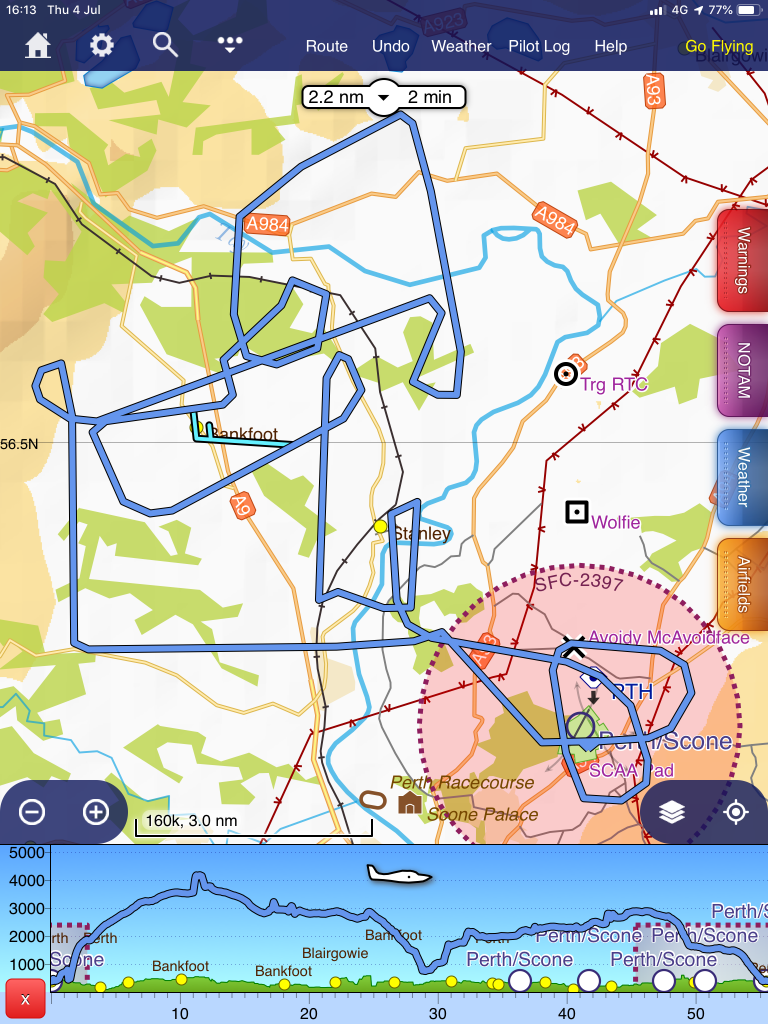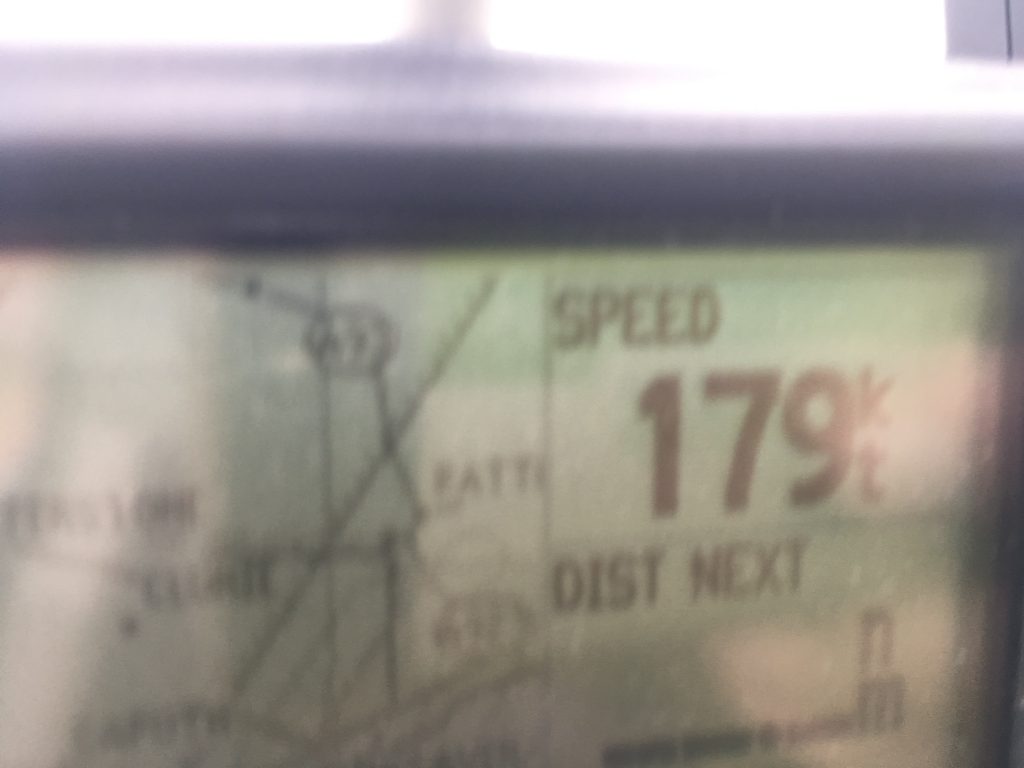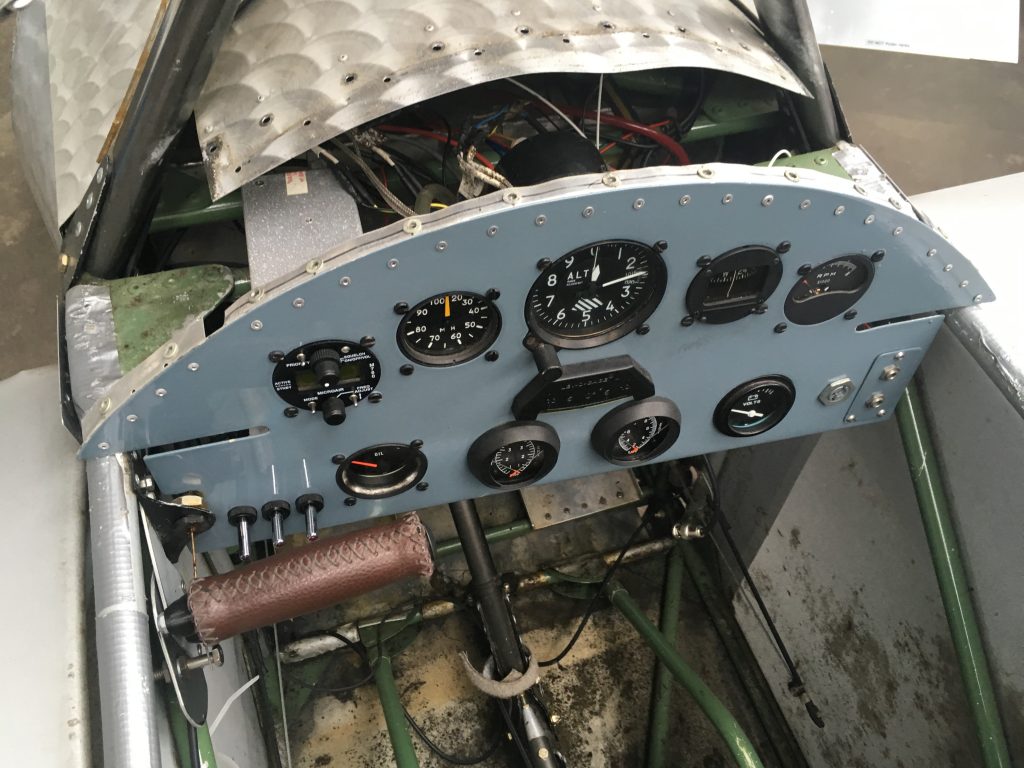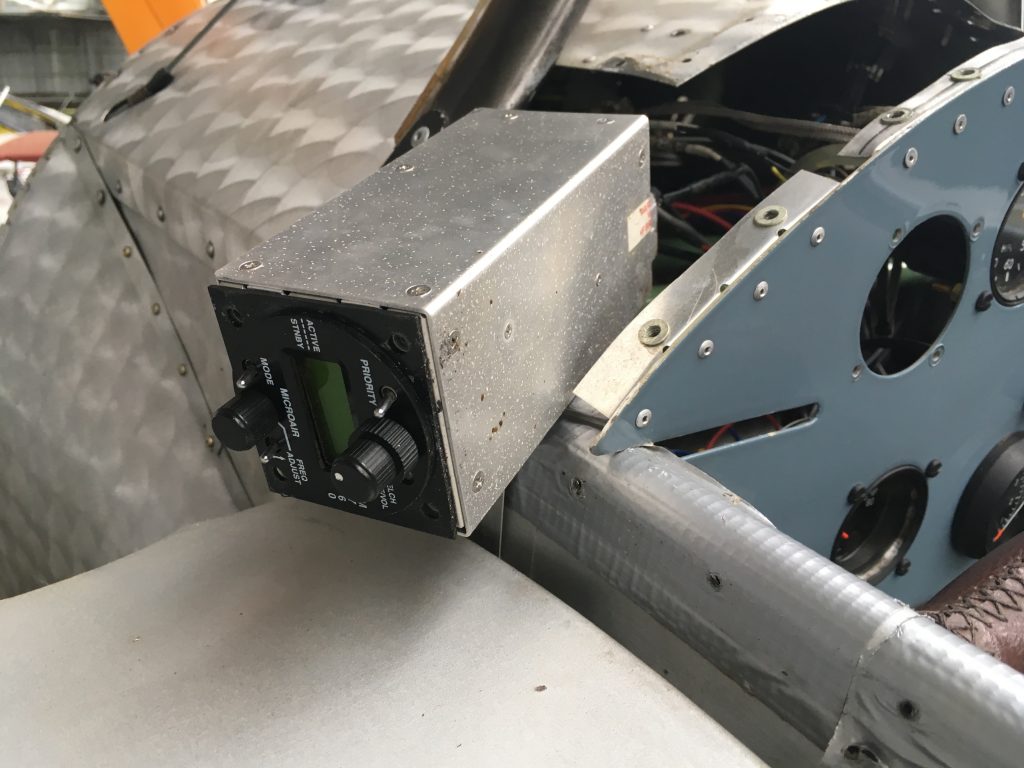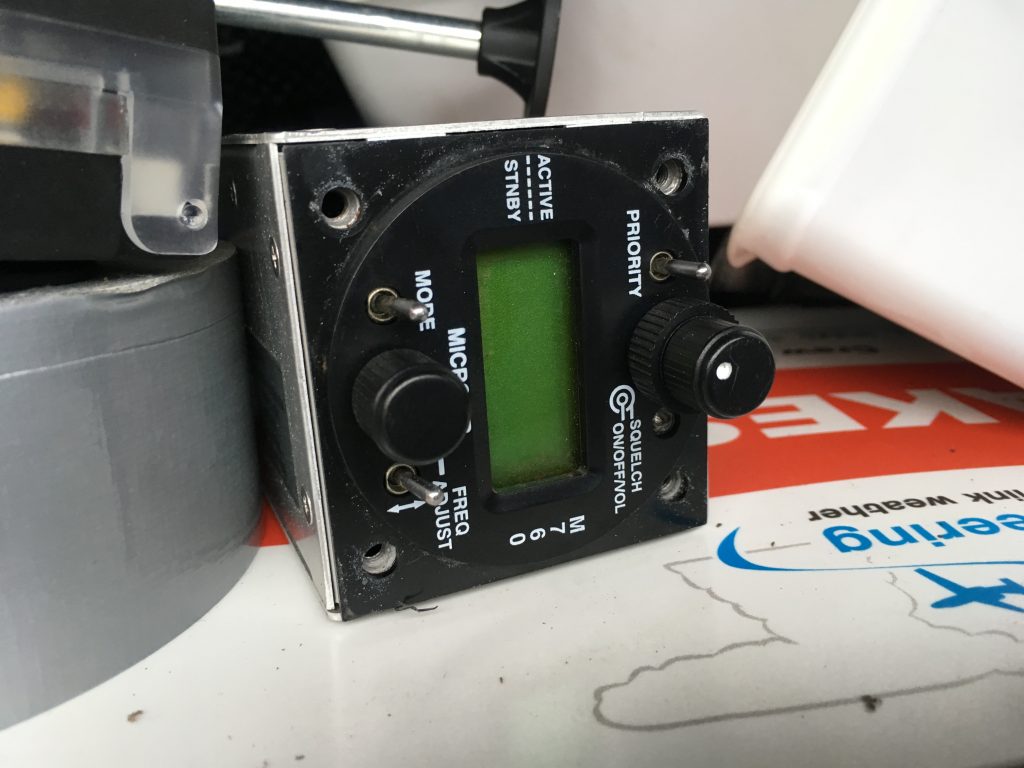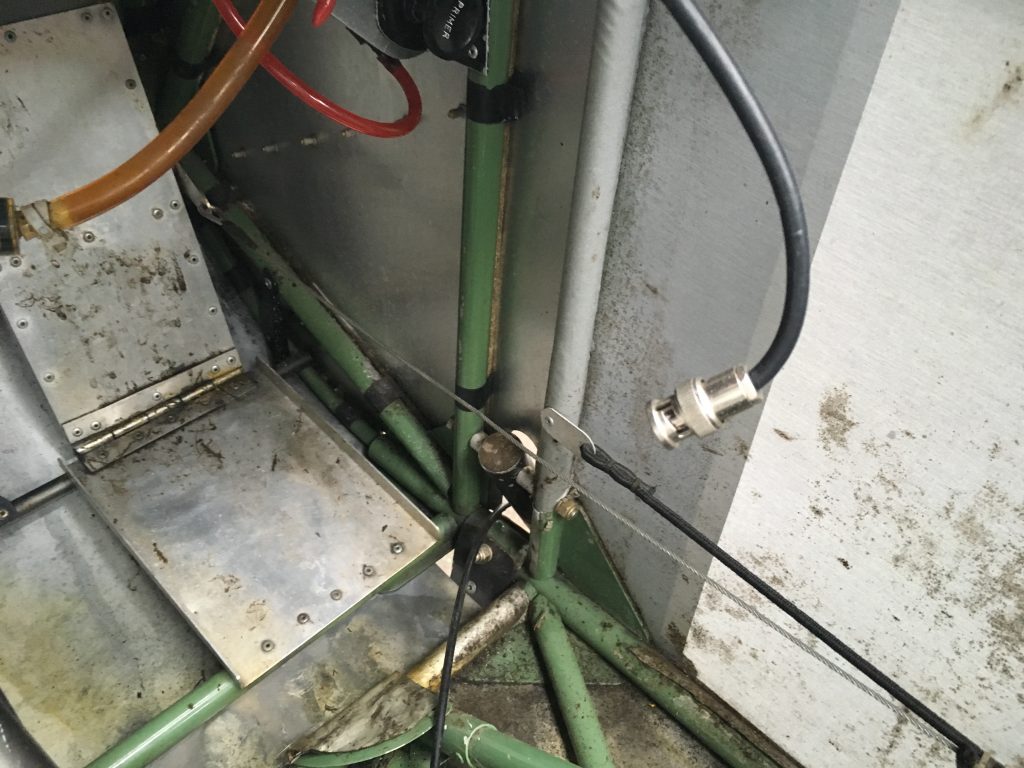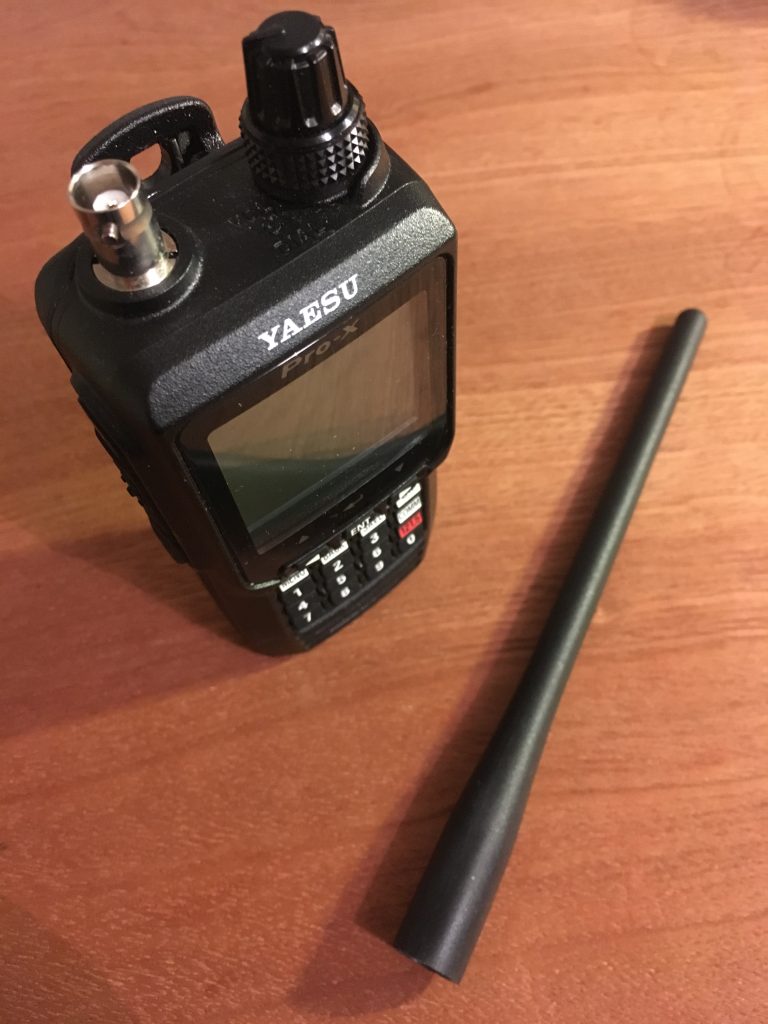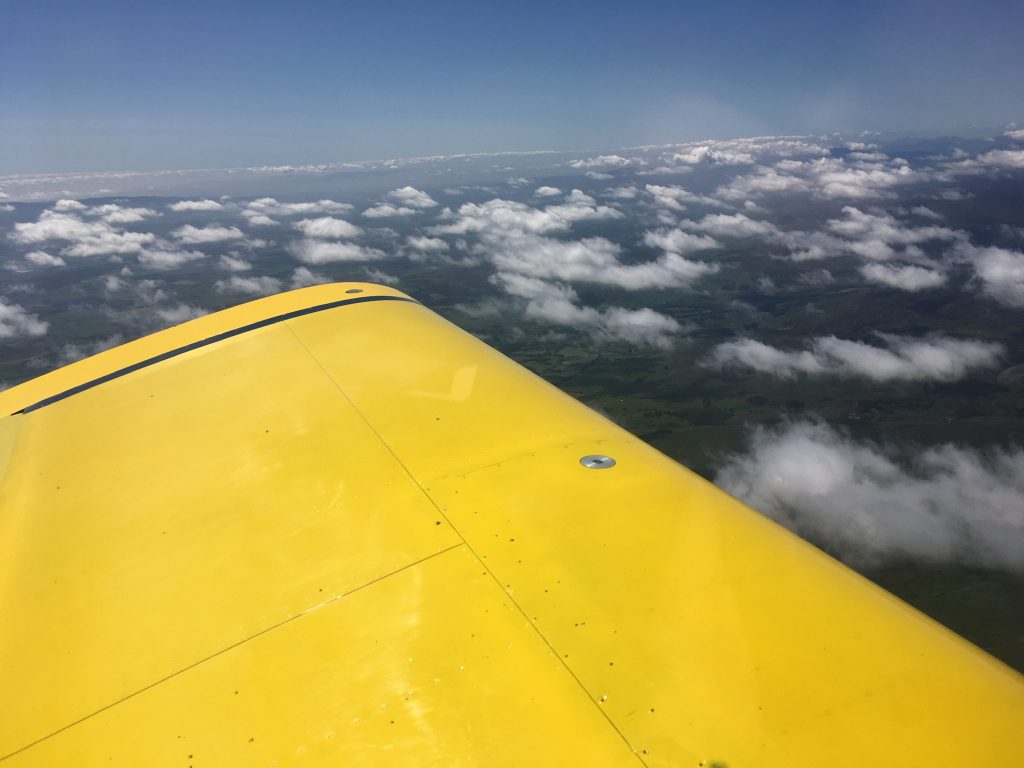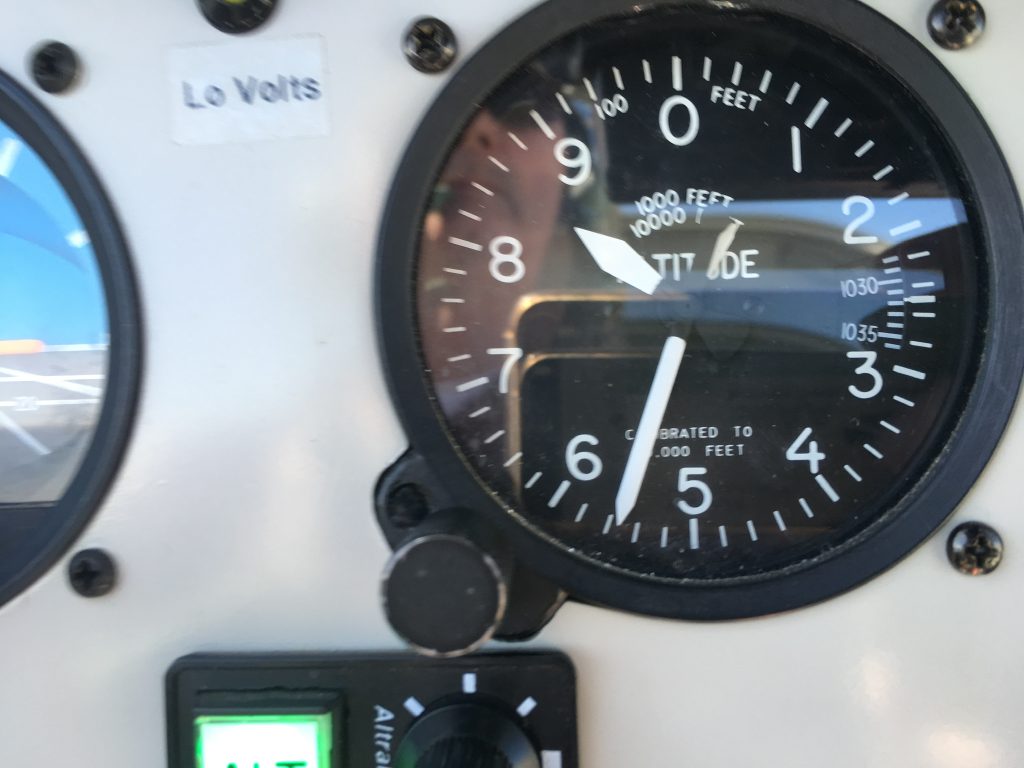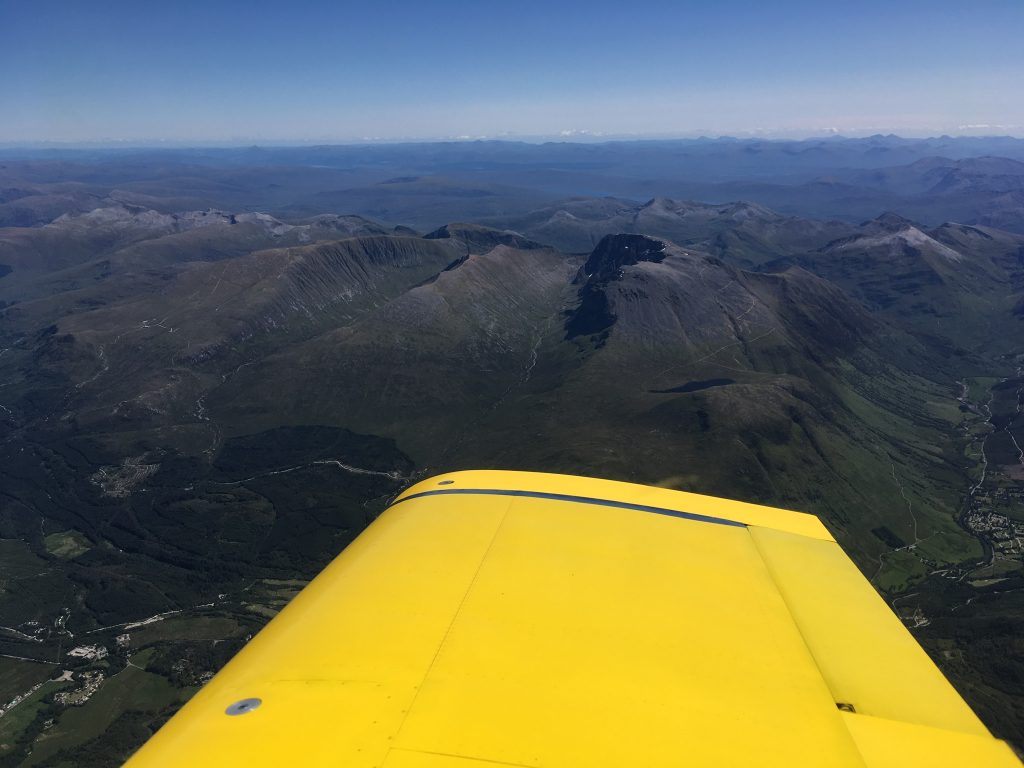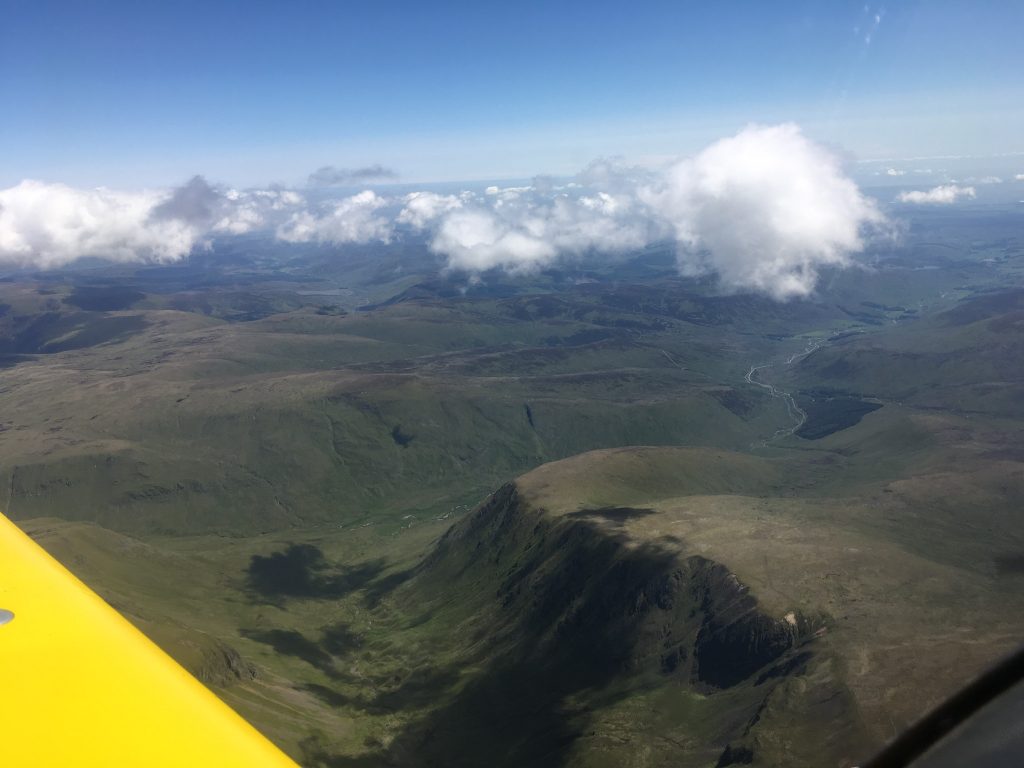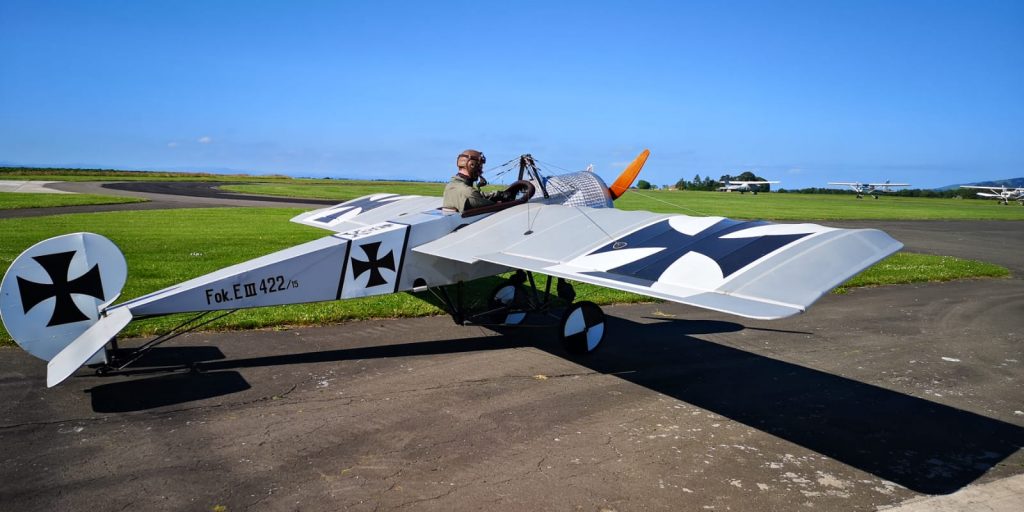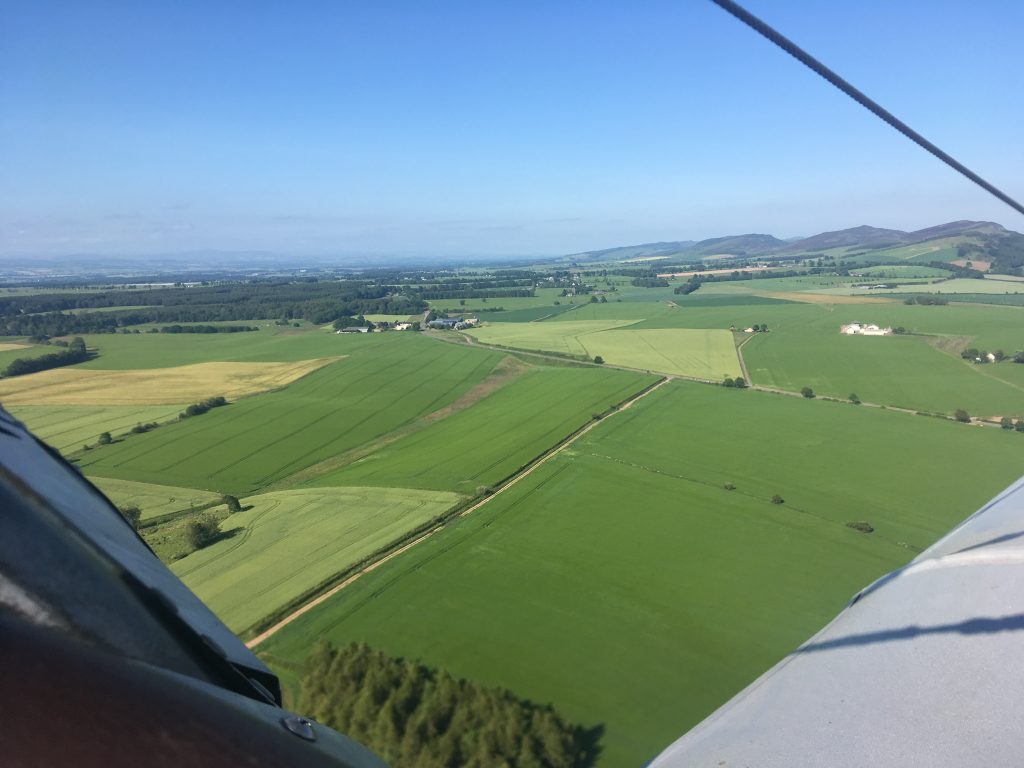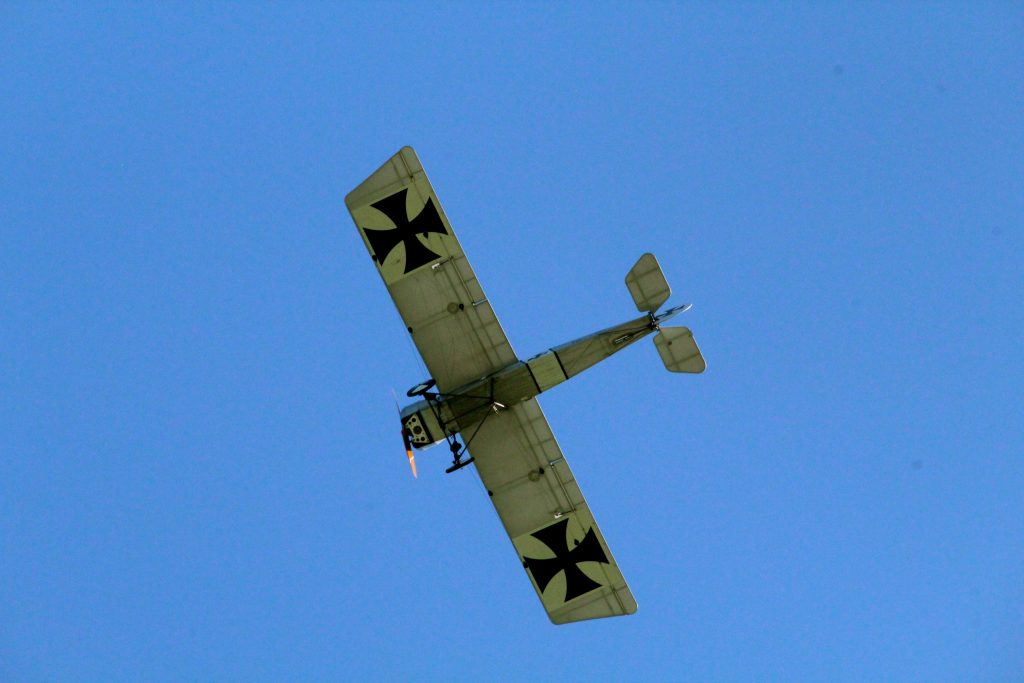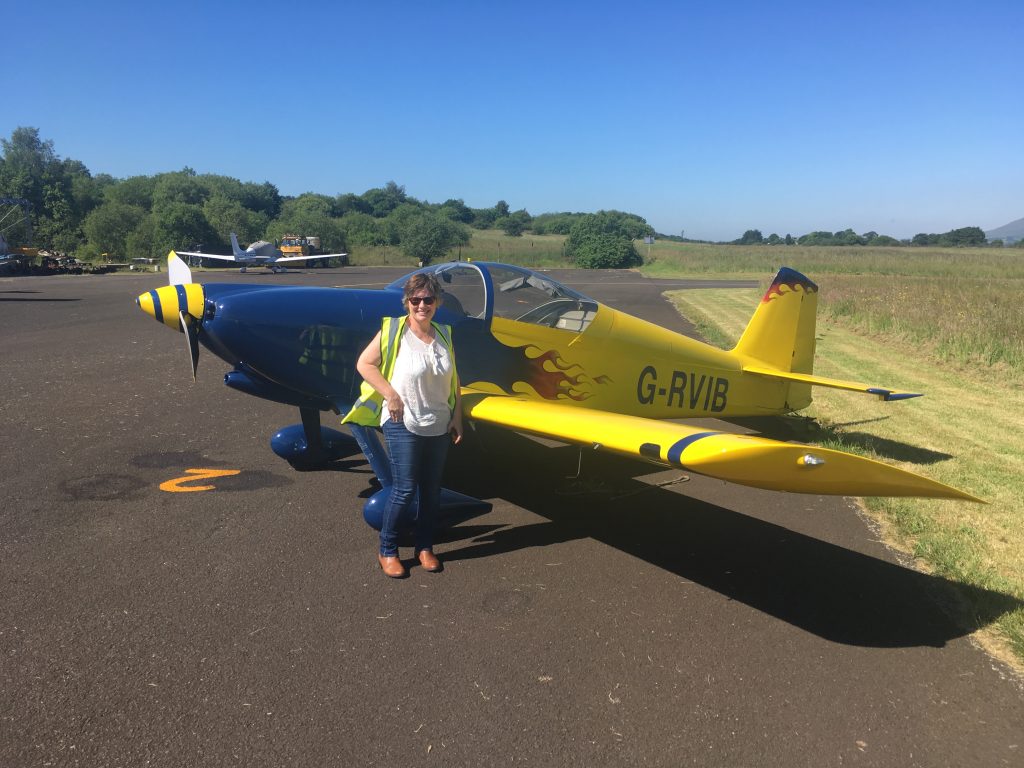Another new toy for the aircraft, although this one isn’t a toy and could save our lives. You can just spot it in the bottom left corner of the windscreen:
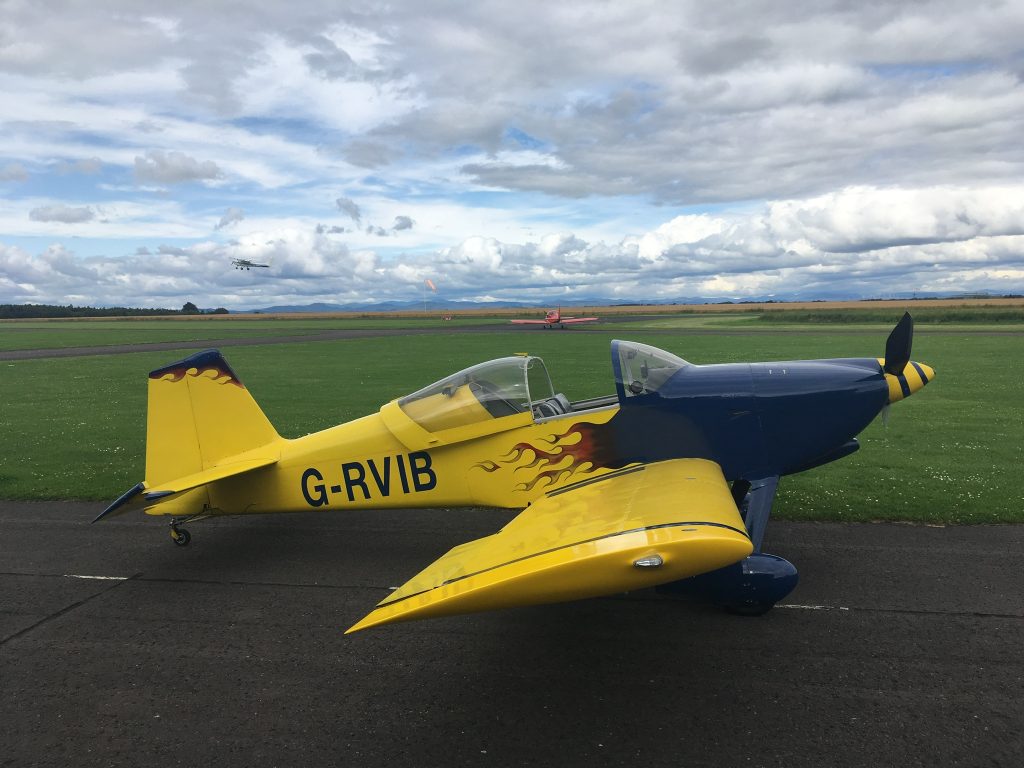
A closer look:
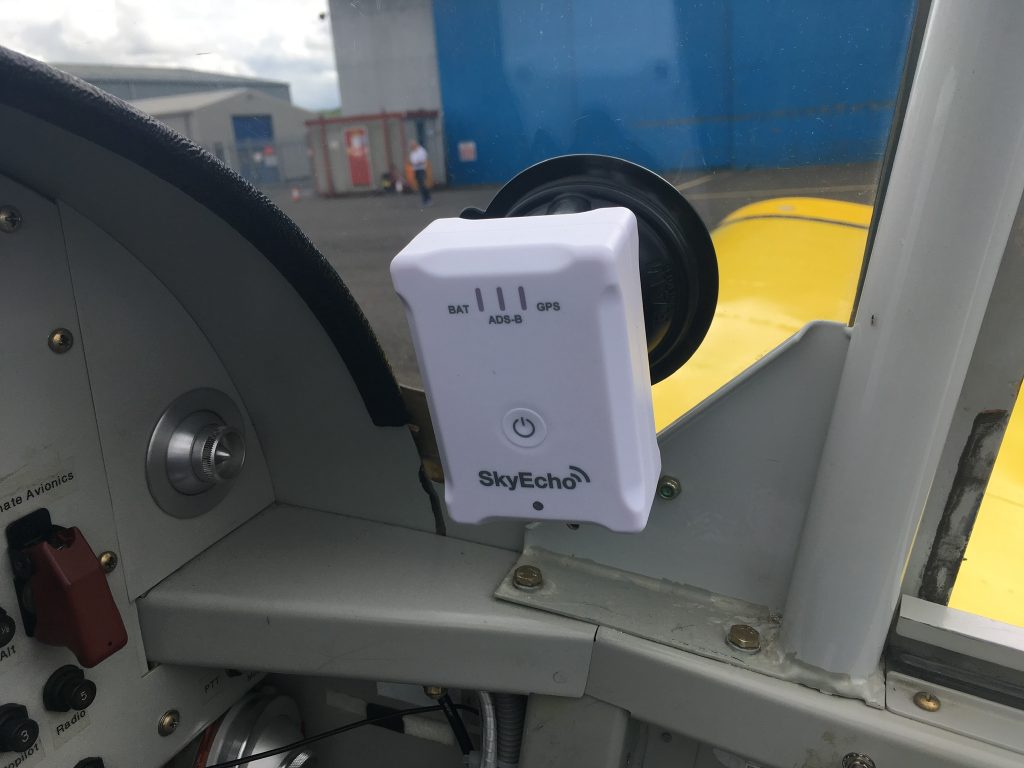
It’s a SkyEcho electronic conspicuity unit, with a built in GPS which feeds a transmitter to send out our aircraft’s location, and a receiver to take in information from other sources. At the moment the transmitter is inhibited, as the RV has a Mode-S transponder which already sends out our position to ATC, but the UK is working towards allowing electronic conspicuity devices and transponders to both transmit from the same aircraft. This will enable other people to see us, rather than us just seeing them.
The SkyEcho feeds the Skydemon programme on the iPad…sitting on the ground at Perth we were able to see airliners over Oban just about to head out over the Atlantic:
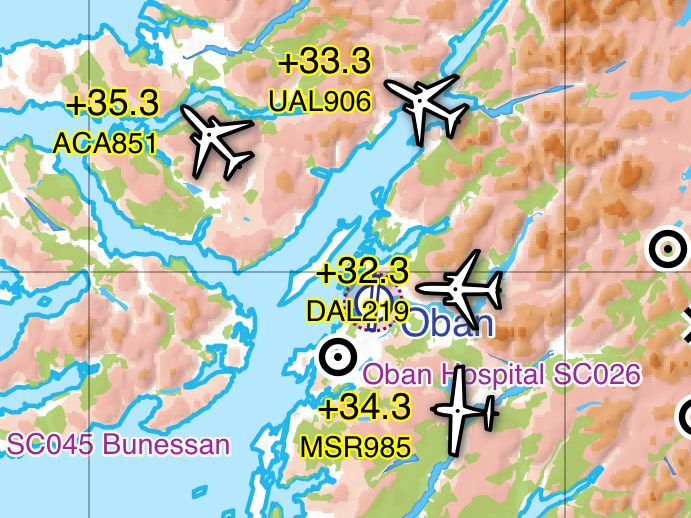
And the smaller traffic display in the corner of the map also showed nearby targets. This one is a Cessna approaching the airfield 1500ft above us:
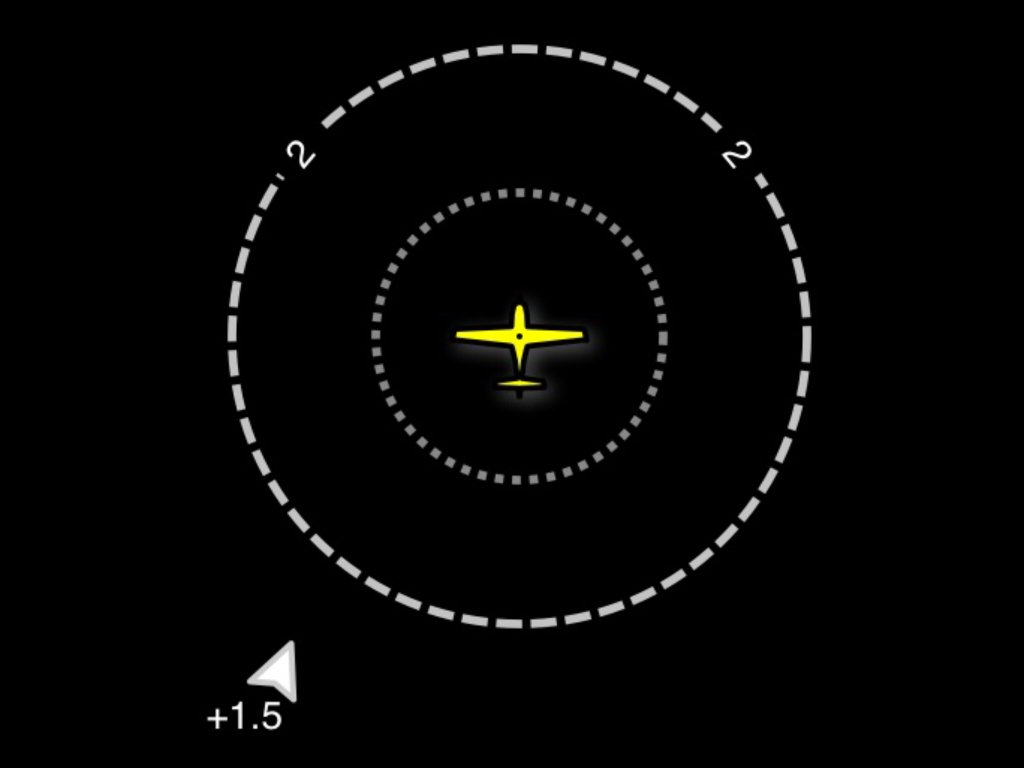
Seeing how it works in the air was a thinly veiled excuse to go flying. Airborne from Perth and heading west, past the “Rewind” festival at Scone Palace:
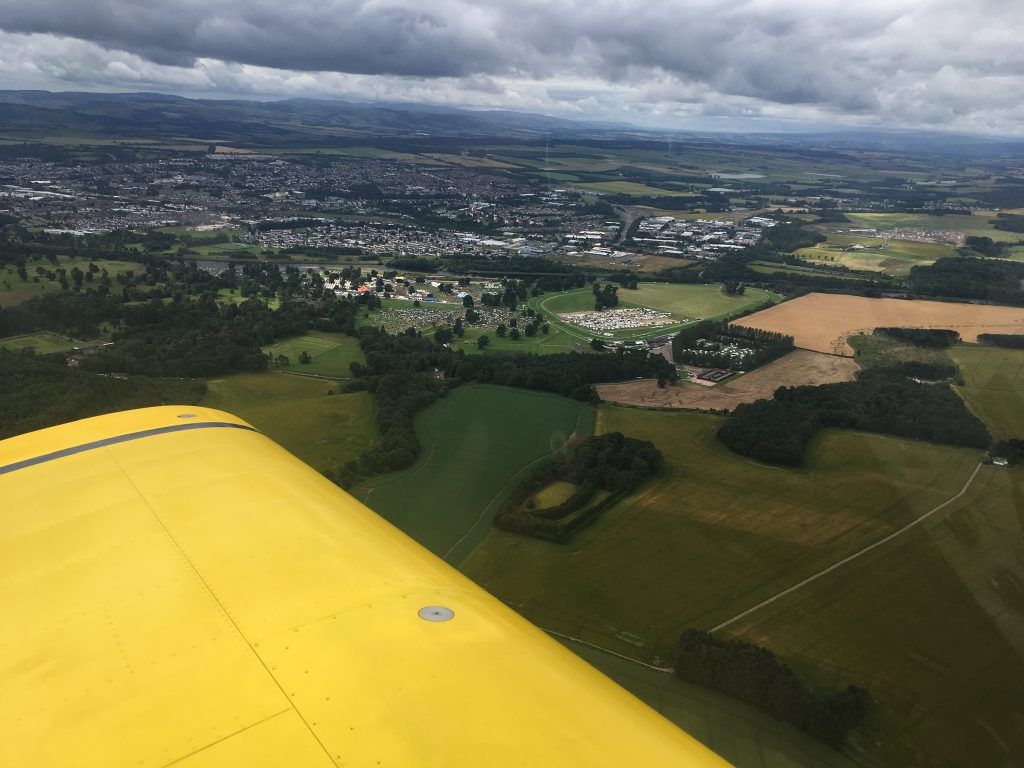
Heading south into Fife and back we could see all the airliners going into Edinburgh on the screen, but nothing came close for a screenshot until we were passing RAF Leuchars. Delta Airlines (probably a Boeing 777) passed on our left with about a mile clearance. Luckily it was 29,700 feet above us at the time:
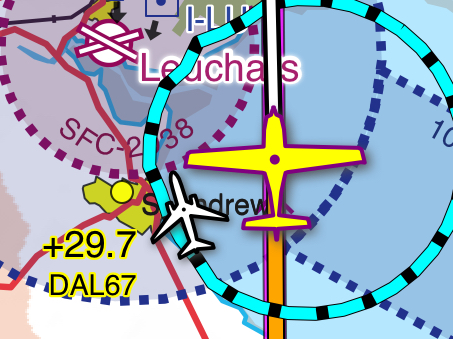
It was quiet but eventually we got a target at our level. The display shows a Robin DR500 G-GMIB on a converging course and 1000ft below us. It’s depicted in green but if it’s an imminent threat it probably turns red. We didn’t try to check that theory!
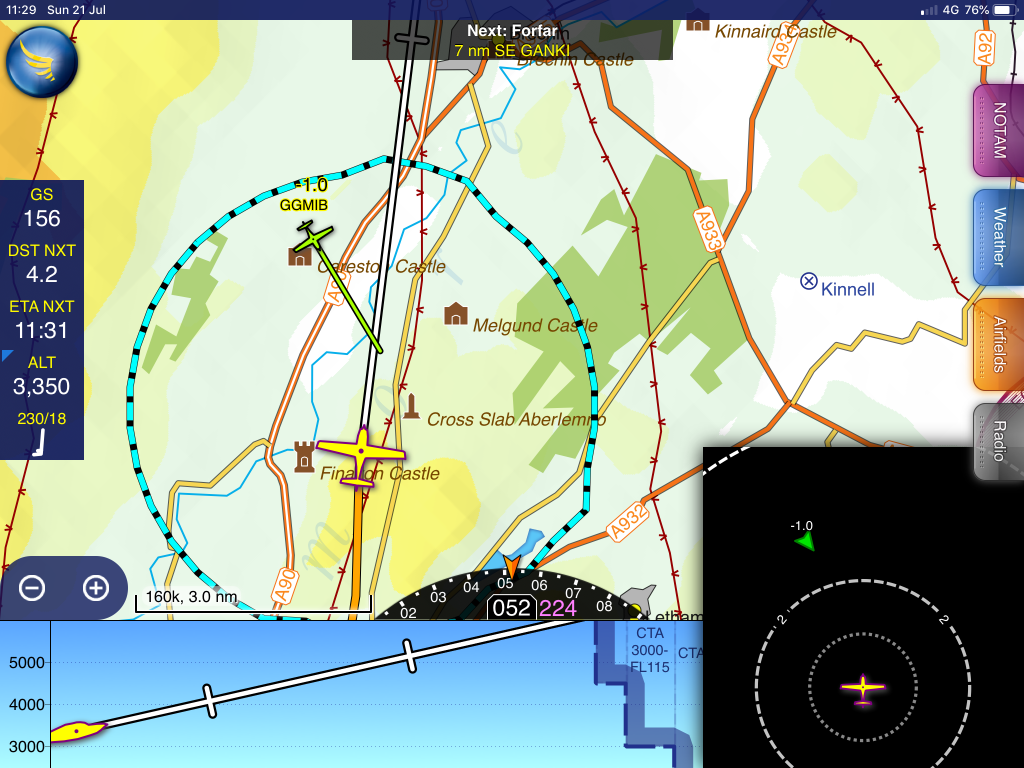
So we now have a pretty useful traffic awareness tool for when we’re flying around. I’ve also paid for the “FLARM rights” which means it will pick up and decode the glider beacons as well. It doesn’t show ALL the traffic though…most military stuff won’t show up and also some microlights and light aircraft with no transponder or an older type. In that respect it’s just like the Flightradar24 website – not all aircraft appear on the screen.
The thing to remember is that this is an AID, not a cure all. There is no substitute for actually looking out with the good old “Mark 1 Eyeball” – but it is another layer of safety. Plus it’s pretty cool.
Talking of Flightradar24, the trace of the flight showed a quite healthy speed, one that the RV6 could only achieve in real life if you took the wings off and dropped it from a helicopter at 10,000ft. (Do not try this at home, do not occupy the aircraft during this exercise.)
The traces are not always accurate. Remember that the next time there is an incident and the news people are analysing Flightradar:
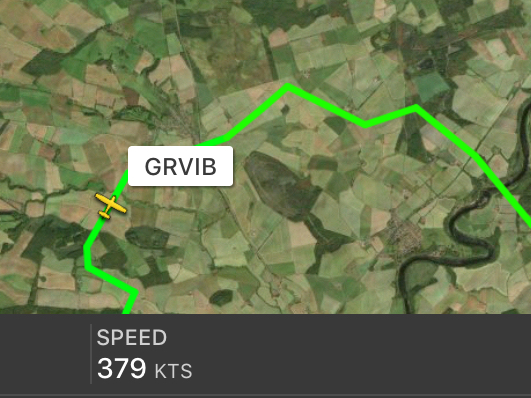
379 knots groundspeed would make for a good touring aircraft though…if only.

